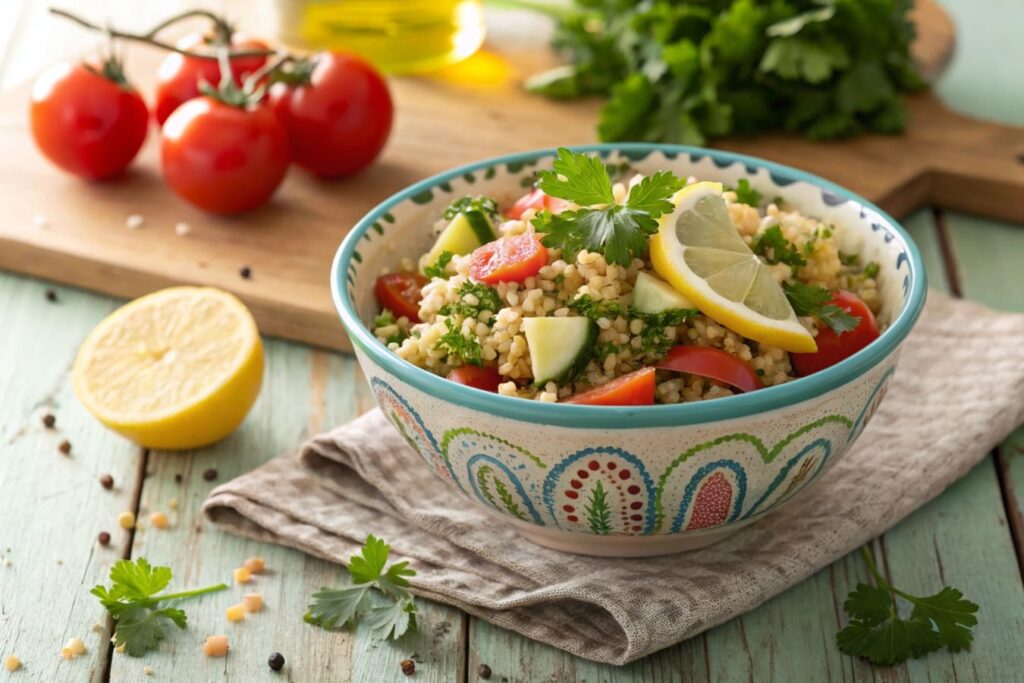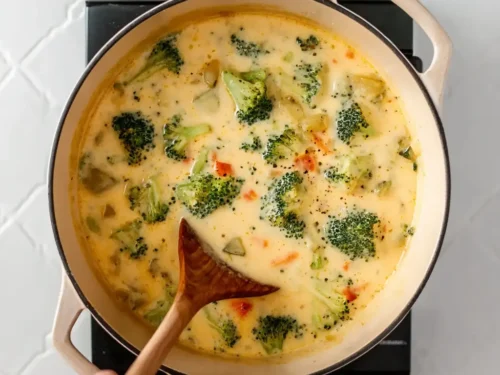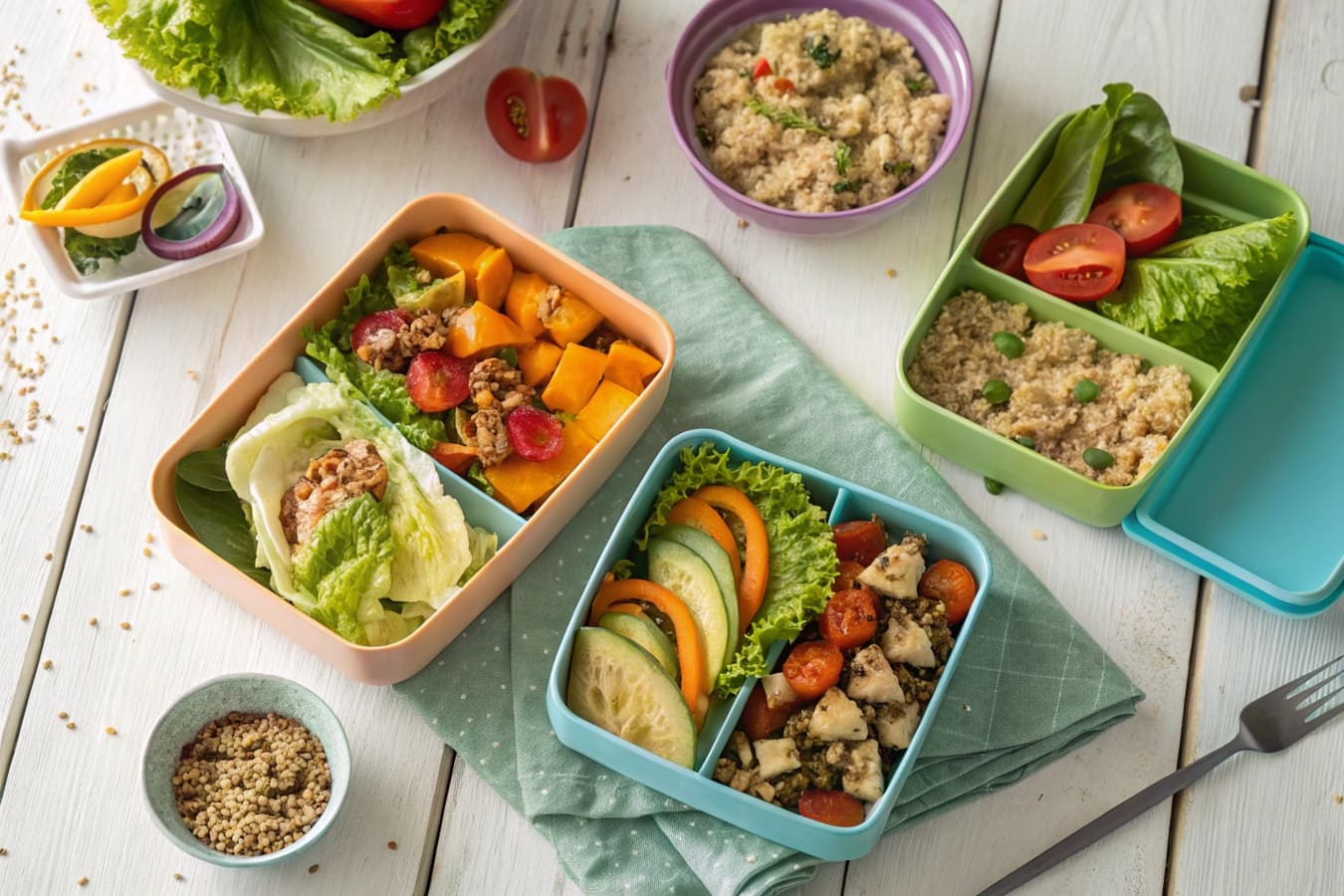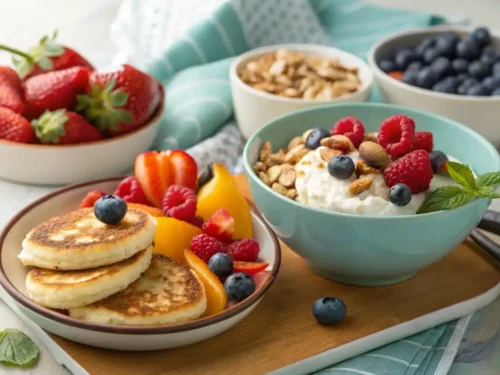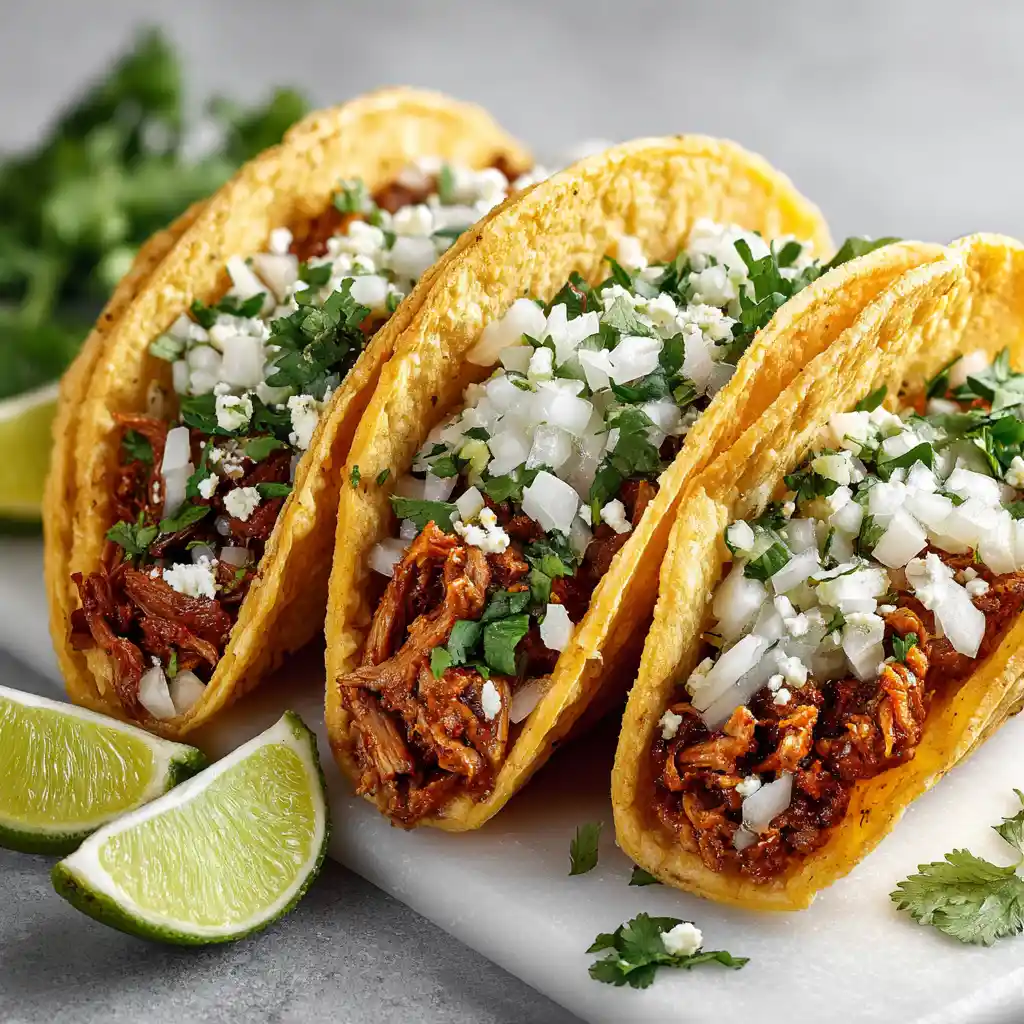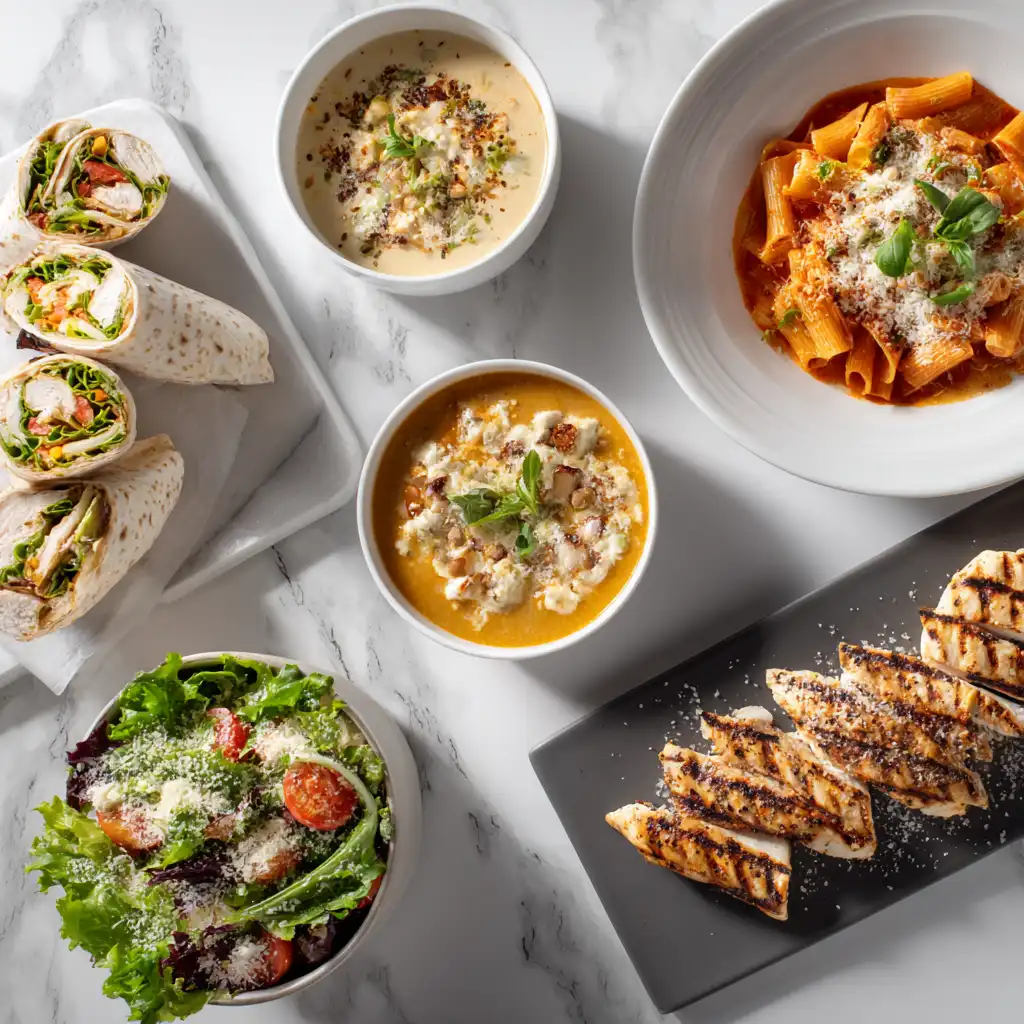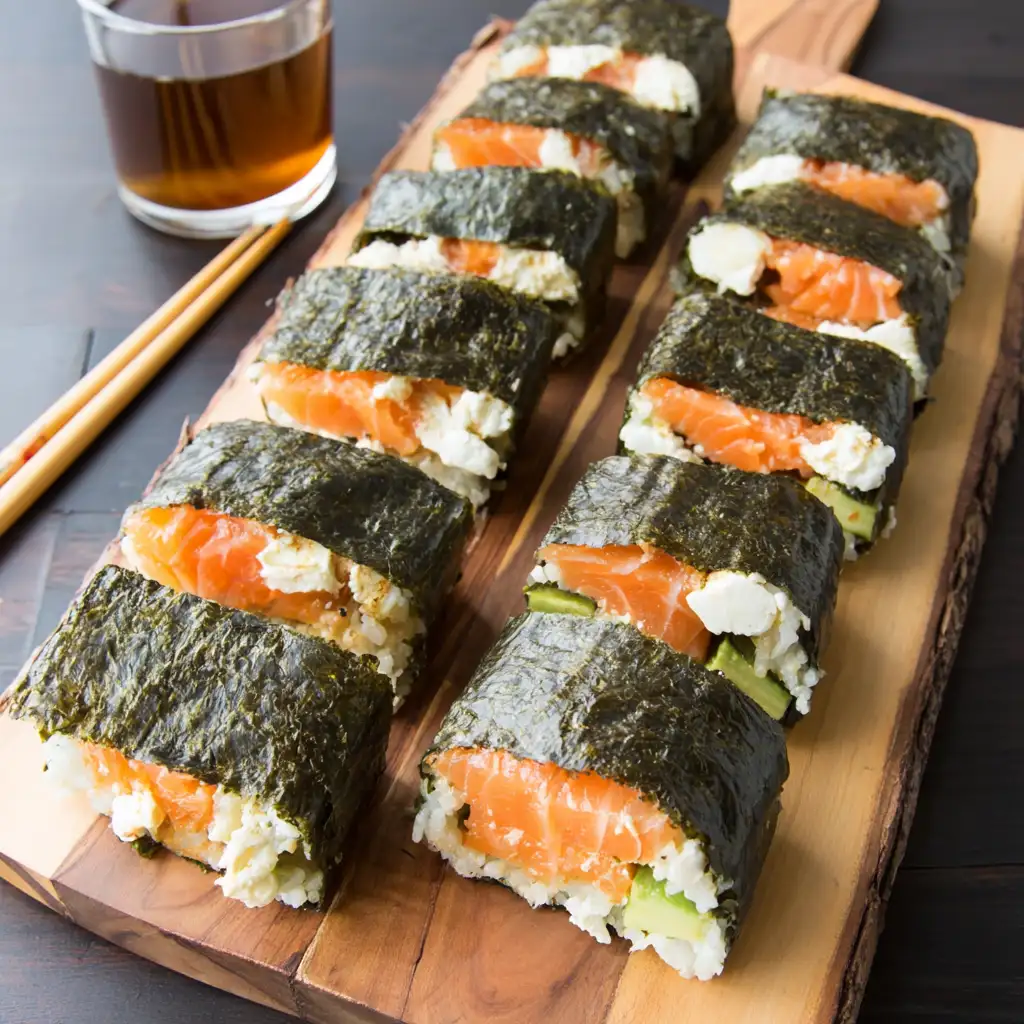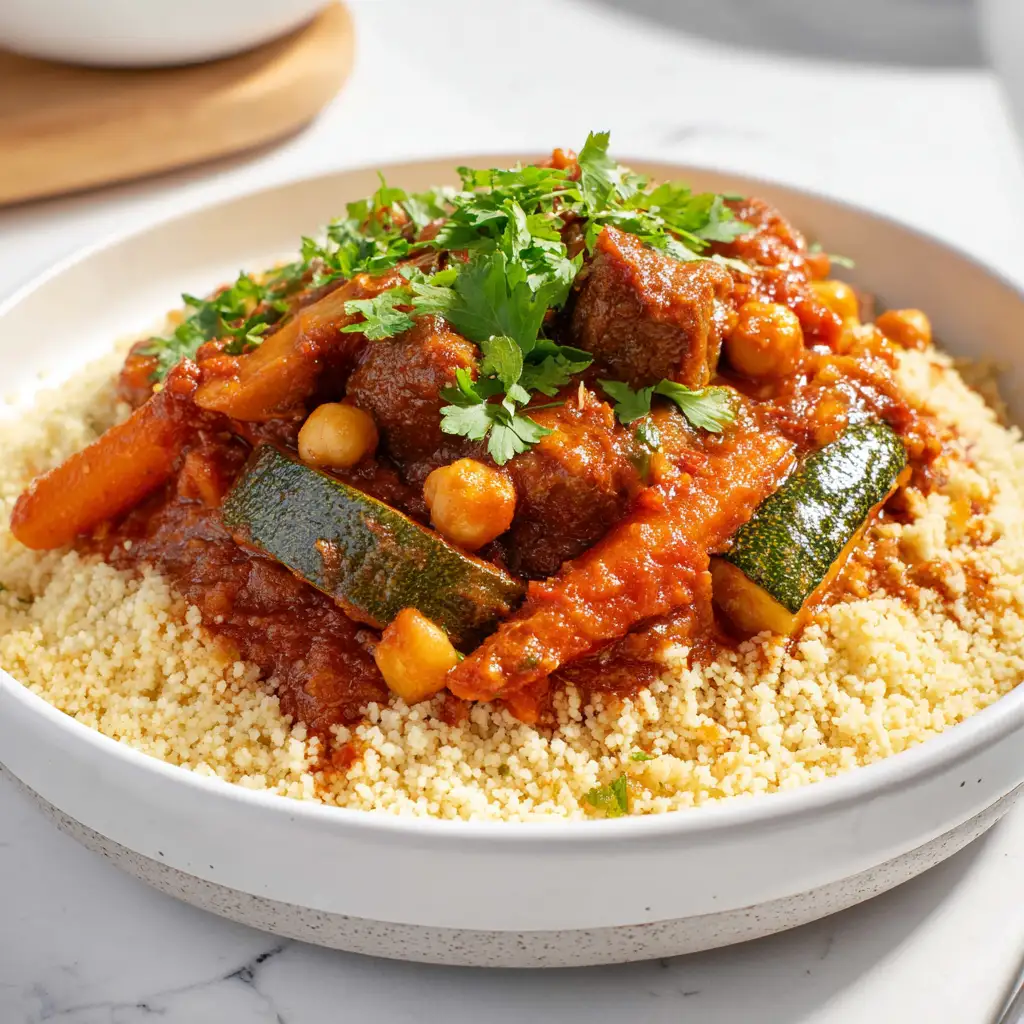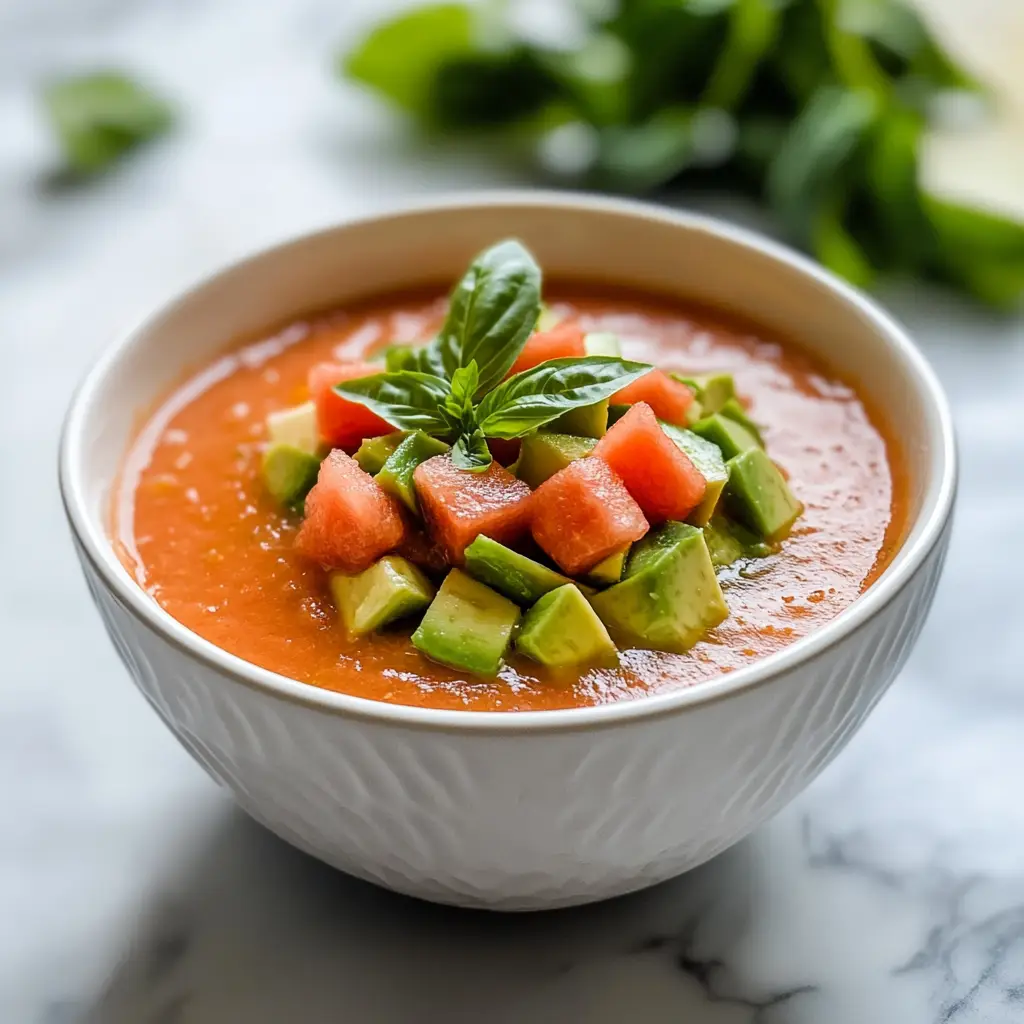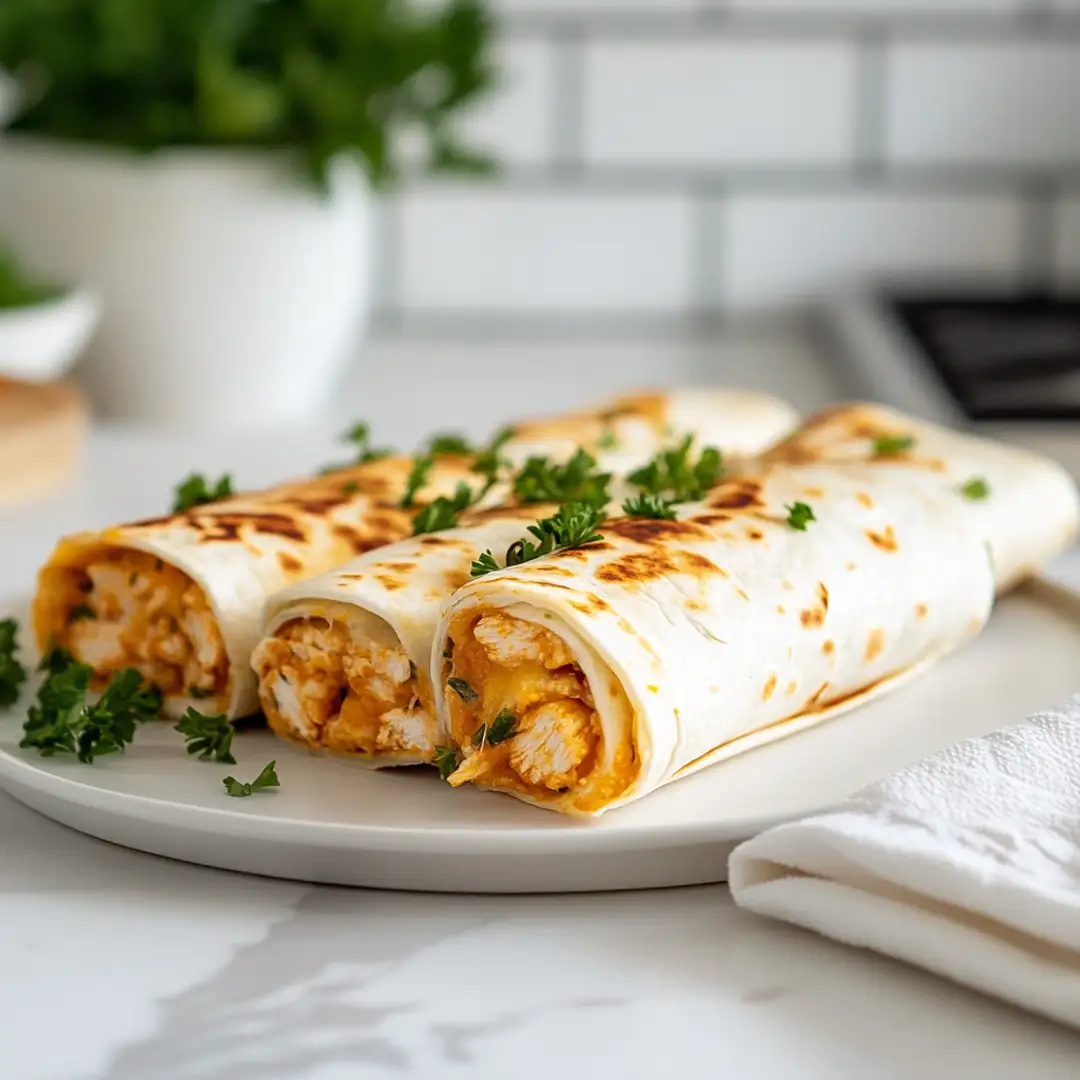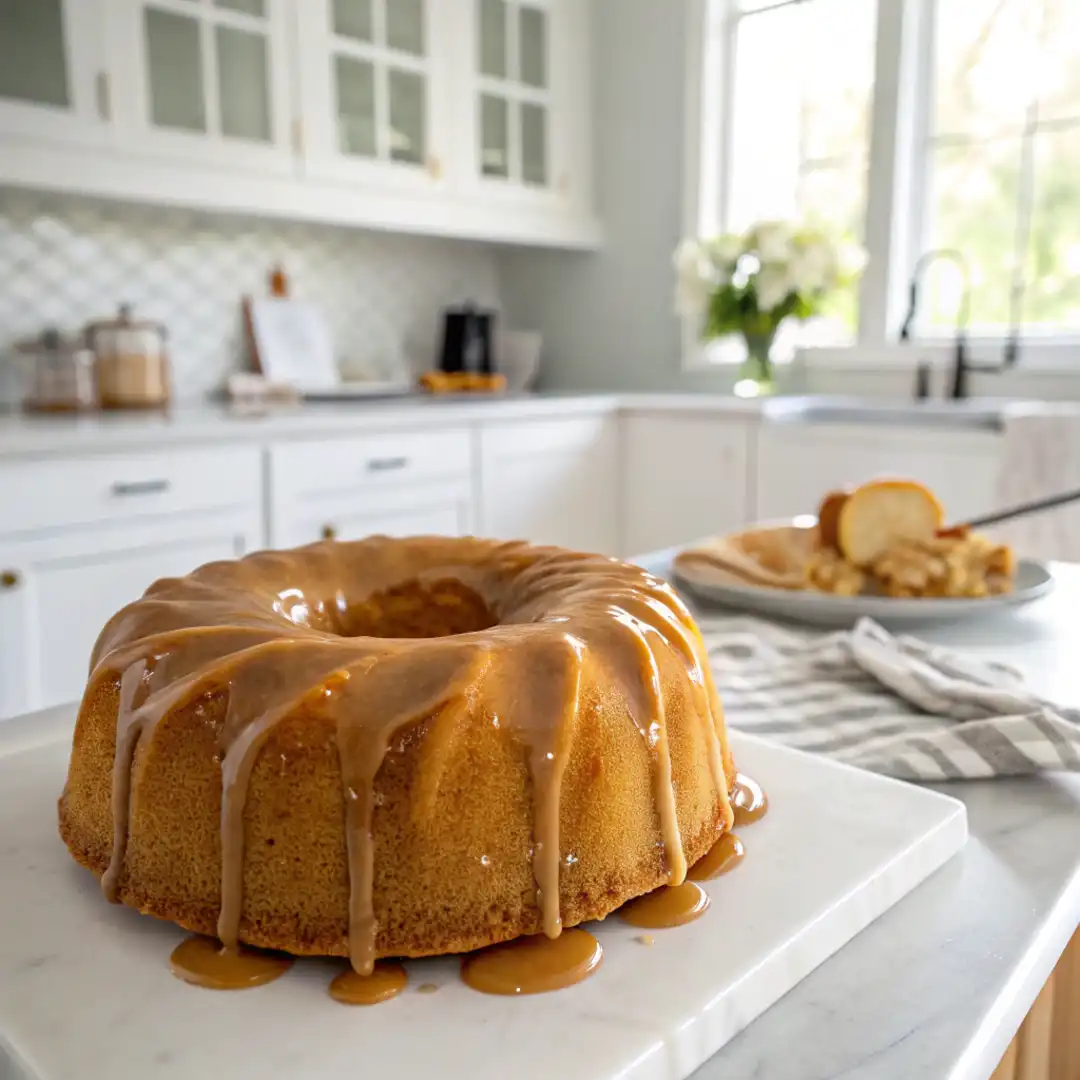Bulgur wheat recipes are a great way to make fast, tasty, and healthy meals. Bulgur wheat is made from cracked wheat that’s been precooked, so it cooks faster than most grains. It has a soft texture, a light nutty flavor, and works well in salads, bowls, and even breakfast.
In this guide, you’ll learn how to cook bulgur step-by-step and try 10 easy bulgur wheat recipes, from fresh salads to hearty dishes. Whether you’re cooking for yourself or feeding a family, these ideas are simple, flexible, and full of flavor.
A Quick Guide to Cooking Perfect Bulgur Wheat
Choosing Your Bulgur: Fine, Medium, or Coarse?
- Fine (#1): Great for cold salads like Tabbouleh.
- Medium (#2): Works well in grain bowls or hearty sides.
- Coarse (#3 or #4): Best for pilafs or warm meals where you want more bite.
The Basic Water-to-Bulgur Ratio
Use a 1:2 ratio – 1 cup of bulgur to 2 cups of water. For soaking fine bulgur, the same ratio works well with boiling water.
Cooking Method 1: The Stovetop (For Coarse Bulgur)
- Bring 2 cups of water and a pinch of salt to a boil.
- Stir in 1 cup of bulgur.
- Lower the heat and cover.
- Simmer for 12–15 minutes until water is absorbed.
- Turn off heat and let it rest, covered, for 10 minutes.
- Fluff with a fork.
Cooking Method 2: The Soaking Method (For Fine Bulgur & Salads)
- Add 1 cup of fine bulgur to a bowl.
- Pour 2 cups of boiling water over it.
- Cover and let it soak for 10–20 minutes.
- Fluff with a fork.
Our Top 10 Bulgur Wheat Recipes
Each of these bulgur wheat recipes is quick to make and easy to adjust based on what you have.
Recipe 1: Lemony Bulgur Salad with Cucumber & Mint
A bright, refreshing salad that’s loaded with chopped herbs and crisp veggies. It’s great for lunch, a side dish, or meal prep.
Ingredients:
- 1 cup fine bulgur wheat
- 2 cups boiling water
- 1 cucumber, diced
- 1 cup cherry tomatoes, halved
- ½ cup fresh parsley, chopped
- ¼ cup fresh mint, chopped
- ¼ cup lemon juice
- 3 tablespoons olive oil
- Salt and pepper to taste
Instructions:
- In a bowl, combine bulgur and boiling water. Cover and let sit 15 minutes.
- Fluff with a fork and let cool.
- Add chopped vegetables and herbs.
- Drizzle with lemon juice and olive oil. Mix well.
- Season with salt and pepper. Chill before serving.
Low-Carb Tip: Use more vegetables and fewer grains to lower the carb count.
Recipe 2: Warm Bulgur Salad with Roasted Chickpeas
This recipe is hearty and filling. Roasted chickpeas add crunch and flavor, making it a great meat-free main course.
Ingredients:
- 1 cup medium bulgur
- 2 cups water
- 1 can chickpeas, drained
- 1 tablespoon olive oil
- ½ teaspoon smoked paprika
- ½ red onion, diced
- 1 bell pepper, chopped
- Juice of 1 lemon
- Salt and pepper
Instructions:
- Cook bulgur using the stovetop method. Set aside.
- Preheat oven to 400°F (200°C).
- Toss chickpeas with oil and paprika. Roast for 20–25 minutes until crispy.
- In a bowl, combine cooked bulgur, roasted chickpeas, and fresh vegetables.
- Drizzle with lemon juice. Season and serve warm.
Recipe 3: Turkish Bulgur Wheat Pilaf
This savory side dish is rich with tomato and onion flavor, often served alongside grilled meats or beans.
Ingredients:
- 1 cup coarse bulgur
- 2 tablespoons olive oil
- 1 small onion, finely chopped
- 1 tablespoon tomato paste
- 2 cups vegetable or chicken broth
- Salt and pepper to taste
Instructions:
- Heat oil in a saucepan. Add onion and cook until soft.
- Stir in tomato paste and cook for 1 minute.
- Add bulgur, stir to coat, then pour in broth.
- Bring to a boil, reduce heat, cover, and simmer 15–20 minutes.
- Remove from heat and let rest 10 minutes before fluffing.
Recipe 4: Stuffed Bell Peppers with Bulgur Wheat
A colorful and satisfying dish using bulgur as a healthy filling. Great for meal prep and easy to customize.
Ingredients:
- 4 large bell peppers, halved and seeded
- 1 cup cooked bulgur
- 1 can black beans, drained
- 1 tomato, diced
- ½ cup corn (fresh or frozen)
- ¼ cup chopped parsley
- ½ teaspoon cumin
- ½ teaspoon chili powder
- Salt and pepper
Instructions:
- Preheat oven to 375°F (190°C).
- In a bowl, mix cooked bulgur, beans, tomato, corn, herbs, and spices.
- Stuff pepper halves with the mixture and place in a baking dish.
- Cover with foil and bake for 30 minutes.
- Uncover and bake 10 more minutes until peppers are tender.
Recipe 5: Bulgur Wheat Breakfast Bowl
Start your day with a hearty bowl filled with fruit, nuts, and warm spices. It’s quick, healthy, and naturally sweet.
Ingredients:
- ½ cup fine or medium bulgur
- 1 cup water
- 1 tablespoon honey or maple syrup
- ¼ teaspoon cinnamon
- ¼ cup chopped walnuts
- ½ banana, sliced
- Handful of fresh berries
Instructions:
- Bring water to a boil. Add bulgur, lower heat, and simmer 10–12 minutes.
- Stir in honey and cinnamon. Let rest 5 minutes.
- Top with walnuts, banana, and berries before serving.

Recipe 6: Bulgur Wheat and Lentil Chili
A hearty vegetarian chili that uses bulgur to add texture and fiber. Perfect for batch cooking and freezing.
Ingredients:
- 1 cup cooked bulgur
- 1 can lentils, drained
- 1 can diced tomatoes
- 1 bell pepper, chopped
- 1 small onion, chopped
- 1 teaspoon cumin
- 1 teaspoon chili powder
- 1 tablespoon olive oil
- Salt and pepper
Instructions:
- Heat oil in a large pot. Sauté onion and pepper until soft.
- Stir in spices, then add tomatoes and lentils.
- Simmer for 15 minutes. Add cooked bulgur and heat through.
- Adjust seasoning and serve warm.
Recipe 7: Bulgur Wheat Meatballs (Vegan Köfte Style)
Inspired by Turkish köfte, these vegetarian meatballs are full of herbs and spices, perfect as an appetizer or wrap filling.
Ingredients:
- 1 cup fine bulgur
- 1½ cups boiling water
- 1 tablespoon tomato paste
- 1 teaspoon cumin
- ½ teaspoon paprika
- 1 garlic clove, minced
- ¼ cup chopped parsley
- Salt
Instructions:
- Soak bulgur in boiling water for 20 minutes until soft.
- Mix in remaining ingredients until combined.
- Shape into small balls or patties.
- Chill before serving, or pan-fry for a warm option.
Recipe 8: Mediterranean Bulgur Wheat Bowl
A quick, nutrient-packed lunch bowl with all the favorites olives, feta, and greens.
Ingredients:
- 1 cup cooked bulgur
- ¼ cup diced cucumber
- ¼ cup cherry tomatoes
- ¼ cup crumbled feta
- 5–6 olives, sliced
- Handful of arugula or spinach
- 1 tablespoon olive oil
- Juice of ½ lemon
Instructions:
- Place greens at the bottom of a bowl.
- Top with cooked bulgur and veggies.
- Drizzle with olive oil and lemon juice.
- Toss gently and serve cold.

Recipe 9: Bulgur Wheat Stuffed Mushrooms
A rich and satisfying vegetarian meal that’s great for dinner guests.
Ingredients:
- 4 large portobello mushrooms, stems removed
- 1 cup cooked bulgur
- ½ cup chopped spinach
- ¼ cup grated cheese (feta or mozzarella)
- 1 tablespoon olive oil
- Salt and pepper
Instructions:
- Preheat oven to 375°F (190°C).
- Mix bulgur, spinach, and cheese in a bowl.
- Drizzle mushrooms with oil, season, and stuff with the bulgur mix.
- Bake for 20 minutes until mushrooms are soft.
Recipe 10: Bulgur Tabbouleh with Pomegranate
A twist on classic tabbouleh using pomegranate for extra crunch and sweetness.
Ingredients:
- 1 cup fine bulgur
- 2 cups boiling water
- 1 bunch parsley, finely chopped
- ¼ cup fresh mint, chopped
- 1 cup pomegranate seeds
- Juice of 1 lemon
- 3 tablespoons olive oil
- Salt
Instructions:
- Soak bulgur in boiling water for 15 minutes, then fluff.
- Mix in herbs, pomegranate seeds, lemon juice, and oil.
- Stir and chill before serving.
Love this recipe? You’ll find more just like it on my Facebook and Pinterest pages.
Bulgur vs. Quinoa: What’s the Difference?
| Feature | Bulgur | Quinoa |
|---|---|---|
| Source | Cracked, parboiled wheat | Seed from a flowering plant |
| Gluten-Free | No | Yes |
| Cooking Time | 10–15 minutes | 15–20 minutes |
| Texture | Chewy, soft | Fluffy, slightly crunchy |
| Flavor | Mild, nutty | Earthy, slightly bitter |
| Protein (per cup) | ~5–6g | ~8g |
| Fiber (per cup) | ~8g | ~5g |
Frequently Asked Questions (FAQ)
Do you need to wash bulgur before cooking?
It’s optional. Rinse only if you buy from bulk bins to remove dust.
Should bulgur be crunchy?
No. Properly cooked bulgur should be soft and slightly chewy.
Can you make these recipes gluten-free?
Yes. Replace bulgur with quinoa for a gluten-free option.
How do you store leftover bulgur salad?
Store in an airtight container in the fridge for up to 5 days.
Serving Suggestions
- Serve with grilled fish, salmon, or shrimp skewers.
- Great with grilled lamb or chicken.
- Add a drizzle of yogurt or tzatziki sauce for extra flavor.
- Use in wraps or pita sandwiches with vegetables.
Final Thoughts
With these 10 easy bulgur wheat recipes, you can make healthy meals all week without spending hours in the kitchen. Bulgur is quick, affordable, and pairs with almost anything. Whether you want a salad, a warm side, or something sweet for breakfast, there’s a recipe here to try today.


